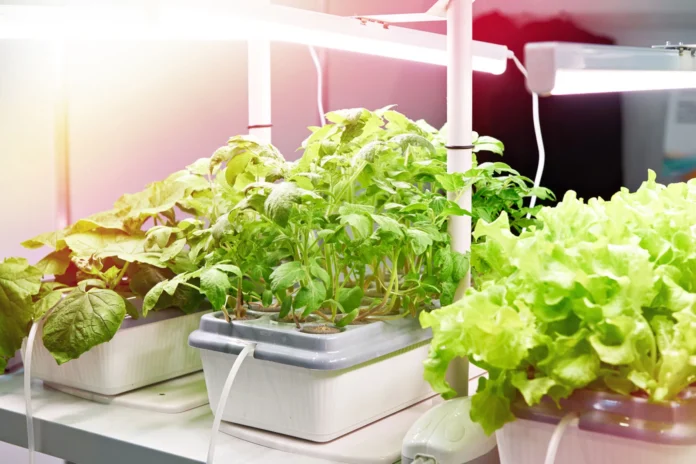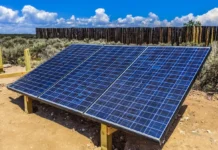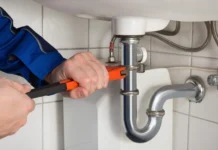Indoor growing equipment refers to any type of electrical equipment that you might use inside a grow tent. This article will examine the different kinds of equipment that are commonly used when growing plants indoors. These equipment are not usually supplementary types of equipment that are used in addition to growing a plant in a window, rather they are specialized equipment that help you grow plants more efficiently and, as well, grow a wider range of plant types.
Growing equipment enables people passionate about plants to grow far more than what you might expect – everything from orchids to fruits and vegetables like tomatoes, carrots, cucumbers, lettuce, zucchinis, or potatoes. Whatever you need, you’ll be able to grow indoors if you can create the right environment! But what does it mean to create the “right environment?”
First, you’ll need to know exactly what your plants require – tomatoes grow in a different climate than potatoes do, they require different amounts of light, different amounts of water, different daylight schedules, different temperatures, and even different levels of airflow. We can create these requirements in a grow tent – a confined space that helps control environmental changes – and we can make these changes with equipment like a grow light, an inline duct fan, and an oscillation fan at the very least.
Grow Light
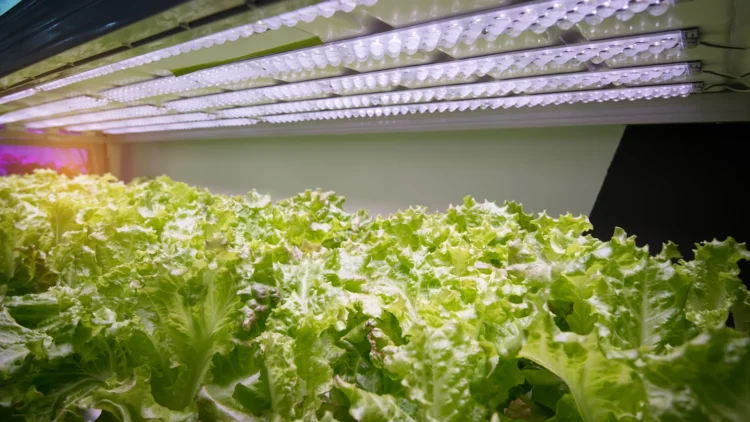
A grow light is a specialized type of light that puts out more energy than your home’s incandescent bulb. These lights are not great for lighting up a space where you live, but they are good for growing plants. They produce a light spectrum that plants use to go through photosynthesis, they produce heat, and they stimulate flower production over time. Grow lights are basically the sun for your plants – but, in a way, they’re even better because you can control the amount of light, the spectrum, and the on/off periods thereby controlling night and day.
Ventilation
Ventilation refers to anything that might be used for controlling the flow of air into and out of the growing space. This ventilation is crucial for the growth and health of your plants. Airflow replaces stale air, it helps balance humidity levels, and it helps stimulate plant growth. Ventilation is often overlooked as a component to a growth space because, unlike light, airflow isn’t seen. However, airflow does one crucial thing: it controls the temperature in your space. Temperature can quickly kill a plant so without controlling it well your space might not be suitable for what you’re growing.
Oscillation Fans
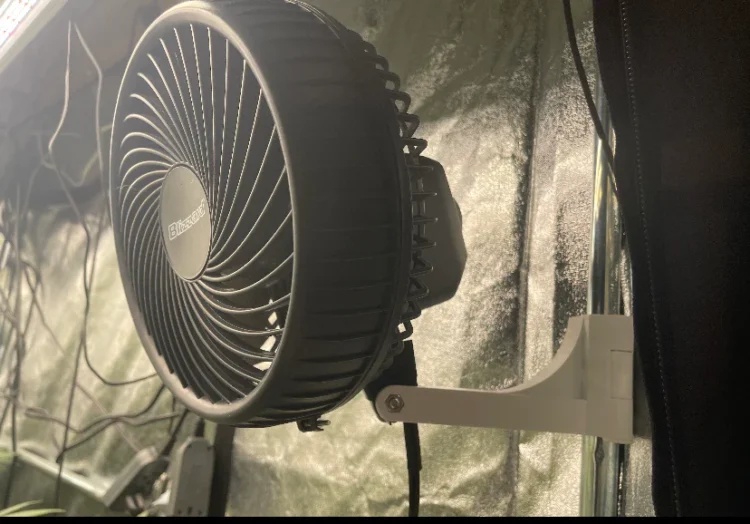
Oscillation fans are another important component to your indoor growth. They also help balance humidity, temperature, and CO2, but they also help stimulate auxins, a naturally-produced chemical compound that is released in plants to protect themselves from predators that also stimulates growth and larger fruit. Oscillating fans are a great way to improve your plant health, even if you’re not using a grow light or ventilation system.
Before investing in a piece of indoor gardening equipment, always research the product thoroughly. This includes reading reviews from others who have used it and researching its general effectiveness. Here are some tips to keep in mind when evaluating an indoor growing system:
- Consider the type and size of plants: Different types of plants need different types of lighting systems and temperatures. Make sure that any system you’re considering will accommodate your desired plants and provide adequate light for their needs.
- Understand what type of nutrients your plants need: Different organic fertilizers provide different types of nutrient blends for specific plant needs. It’s important to research which one is best suited for your particular crop before investing in a nutritional system.
- Consider the space limitations: Not all indoor gardening systems take up a lot of space, but some do require quite a bit more room than others. Be sure to measure out how much space you have available before committing to an indoor grower setup.
- Choose your ventilation system carefully: If your environment doesn’t provide adequate air circulation—particularly if high levels of humidity are present—investing in an appropriate ventilation system can help to improve air quality and optimize conditions for healthier plant growth.
- Select a timer option based on convenience: Depending on how much time you plan on devoting to caring for your garden, timers can be especially helpful when automating some tasks such as turning lights or watering systems on or off at set times each day.
The Future of Indoor Growing Equipment
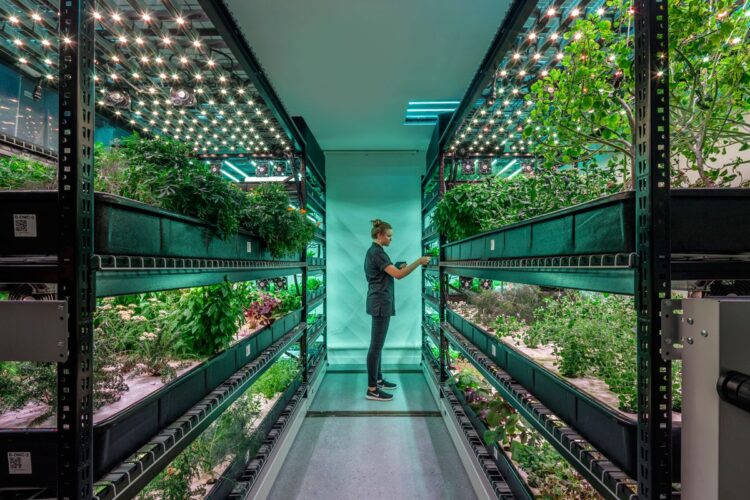
The future of indoor growing equipment is bright and full of potential. Advances in technology and the evolution of existing products have made it possible to easily provide optimal conditions for growing indoors year-round. Through the use of hydroponics and other techniques, indoor growers can now effectively control numerous environmental factors such as temperature, light intensity, CO2 levels, and nutrient availability. This precision allows plants to thrive regardless of season or geographical location.
In addition to providing superior conditions for growing indoors, advancements in materials have opened the door to dramatically increased yields. From LED lights that emit specific wavelengths beneficial to plant development to soil-free hydroponic systems designed for maximum efficiency, several newly developed tools that enable consistently high yields are already on the market. Moreover, modern indoor growing equipment can be scaled up or down depending on specific needs and budget constraints.
The current level of innovation in indoor growing is set to only expand further as new products enter the market and existing ones become increasingly refined. Moving forward, exciting prospects like automated climate control systems and resource efficient irrigation solutions are likely on the horizon for savvy growers looking for an edge over their competition!
Conclusion
Grow spaces are better than growing in your window because you can grow way more variety much faster without risking the health of your plants. Ventilation, light, and air circulation are the cornerstones to any growth space and they can help you produce some of the best vegetables and fruit you’ve ever had, because they’re grown by hand! Grow equipment is easy to set up and easy to manage once you get started, and while the initial investment might be tough they can quickly pay for themselves!

